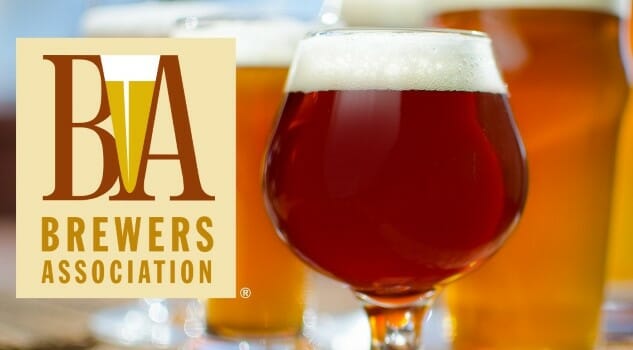More Than Half of the Top 50 U.S. Craft Breweries Declined in Sales in 2018
Photos via Brewers Association
Newly released information from the Colorado-based Brewers Association, the advocacy/trade group for the craft brewing industry, illustrates the pitfalls currently being faced by the country’s larger, regional craft breweries. Although the industry as a whole grew by roughly 4 percent, to an estimated 25.9 million total barrels in 2018, the slowing growth, coupled with a constantly increasing number of total breweries, meant more breweries are struggling to grow (and actively shrinking) than ever. And a disproportionate number of those breweries are larger regionals in the top 50, according to data released by the BA in the May/June edition of its New Brewer magazine.
This was by no means a new development. In fact, it’s the third year in a row that at least half the top 50 regional craft breweries—defined as those producing between 15,000 and 6 million barrels per year—either shrank or stayed flat in terms of growth. In total, 28 out of the top 50 failed to grow in 2018. Meanwhile, in the top 20 breweries, only seven companies managed to post growth—all in the single digits.
It suggests, of course, what we’ve seen in action for years—although growth is still happening when surveying the industry as a whole, that growth is largely in the form of very small-scale micro and nanobreweries. Because the pace of new brewery openings is continuing unabated—something that has worried us in the past, and continues to worry us now—the “overall growth” number has managed to keep its head above water, but that growth number comes with accompanying declines in many of the best-known and most respected breweries in the craft sphere. It’s simply impossible for the majority to grow right now, because there aren’t enough customers to go around.
Declining breweries included such notable names as the following. Several, such as Dogfish Head and Harpoon, were essentially completely flat overall, rather than up or down.
— D.G. Yuengling and Son (-2 percent)
— Boston Beer Co. (-7 percent)
— New Belgium Brewing (-11 percent)
— Boulevard Brewing (-10 percent)
— Brewery Ommegang (-8 percent)
— Gambrinus (-3 percent)
— Deschutes (-8 percent)
— Artisanal Brewing Ventures (-3 percent)
— Brooklyn Brewery (-4 percent)
— Alaskan Brewing (-5 percent)
— Great Lakes Brewing (-3 percent)
— Flying Dog (-11 percent)
— Full Sail (-13 percent)
— Bear Republic (-15 percent)